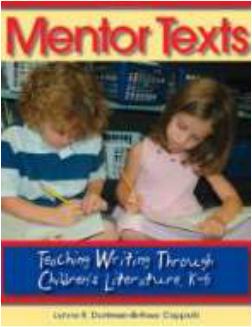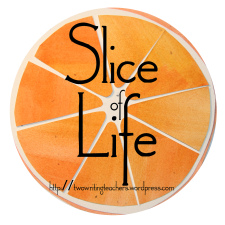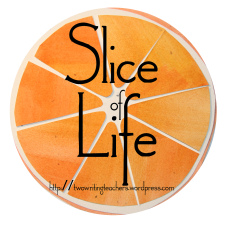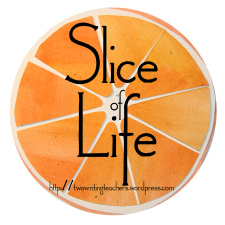
look for it in the dirt of a country road.
Feel brown in the warmth of a piece of toast or a friend’s hand.
Smell brown in the soft, rich earth of a spring garden.
Follow the sound of brown in the flapping of a sparrow’s wings and
laughter of children clapping out rhymes in a Mt. Airy neighborhood.
Find brown in the taste of my grandma’s Sunday roast or her shoo-fly pie.
Search the vast Sonoran Desert in summer
where tossed sands create dust devils.
Find brown in the color of love on a warm winter’s night.
Search the woodlands and swamps,
the Appalachian and Rocky Mountains,
Or catch the notes flying from a fiddler’s fiddle
On a whiskey-soaked summer evening
If you want to find brown.
*My poem was written from the mentor text, If You Want to Find Golden by Eileen Spinnelli. This book was recommended to me a long time ago by Chris Coyne Kehan, now a librarian in Central Bucks School District. I just rediscovered it when I observed Brenda Krupp’s students writing color poems after Brenda shared this text. Brenda, a Co-director of the Pennsylvania Writing and Literature Project, has all her students totally immersed in writing poetry. What an incredible writing community! I am learning so much from Brenda and her young authors! For more suggestions about mentor texts for writing color poems, see Mentor Texts: Teaching Writing Through Children’s Literature K-6 by Lynne Dorfman & Rose Cappelli. Chapter 7 Poetry: Everybody Can be a Writer on poetry has many student examples and Your Turn lessons on writing color poems, pantoums, and haiku.






 RSS Feed
RSS Feed
